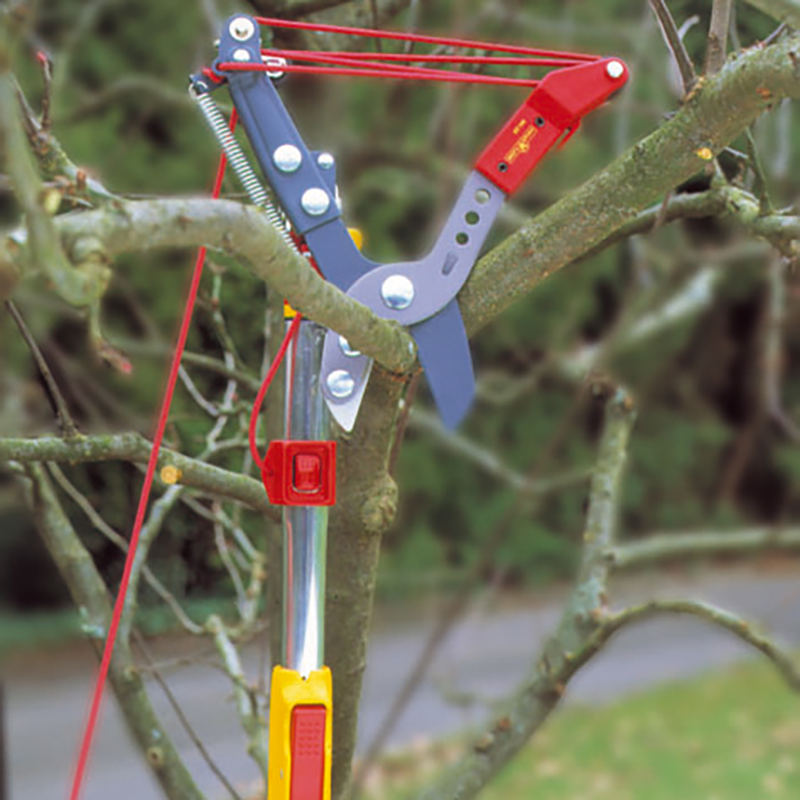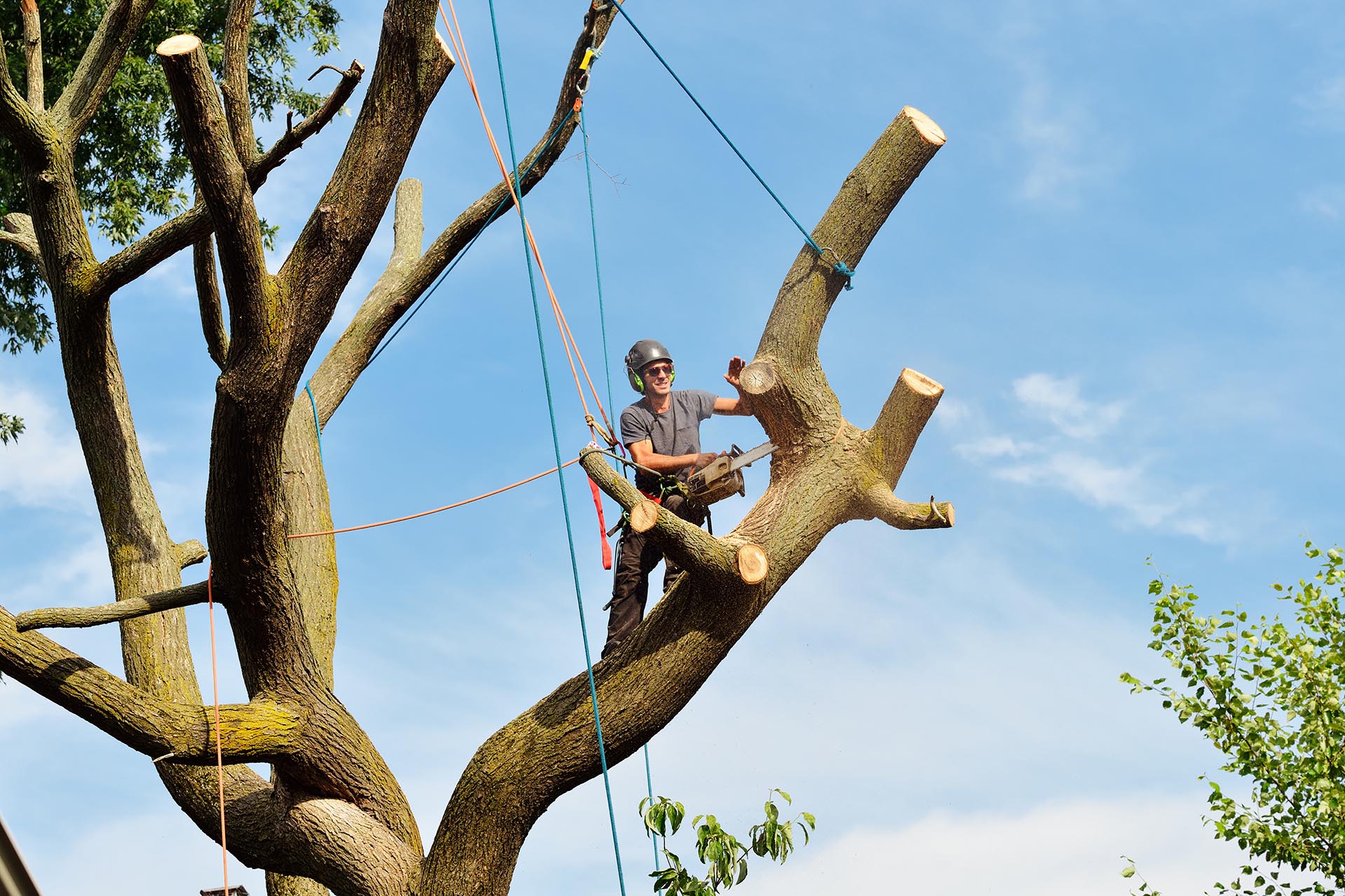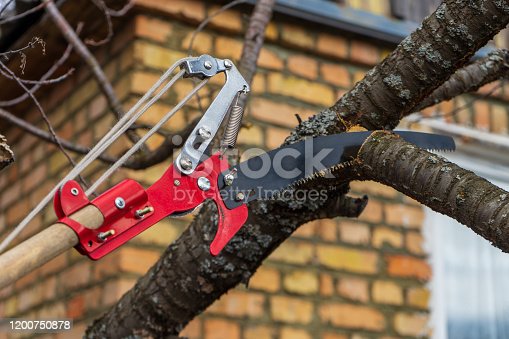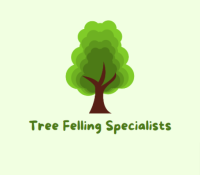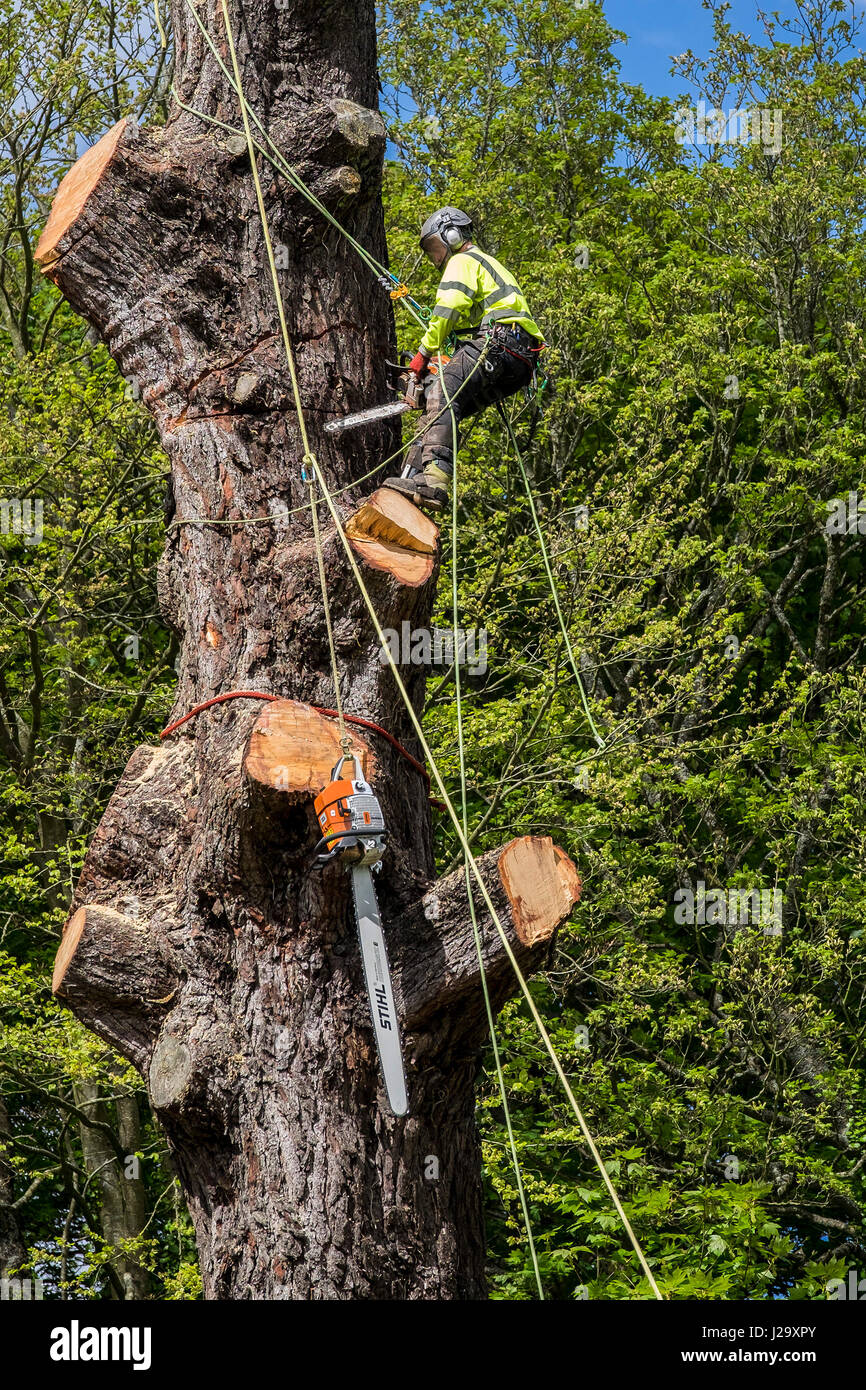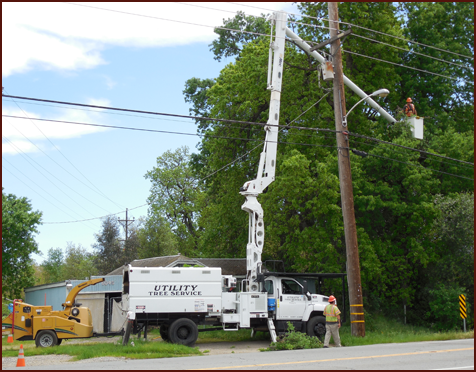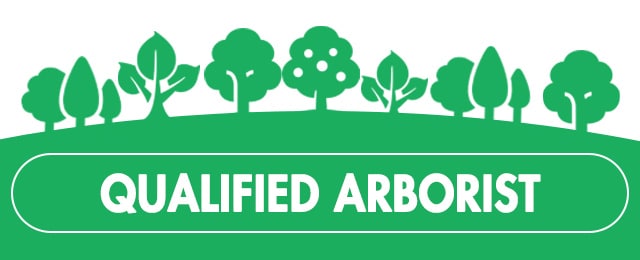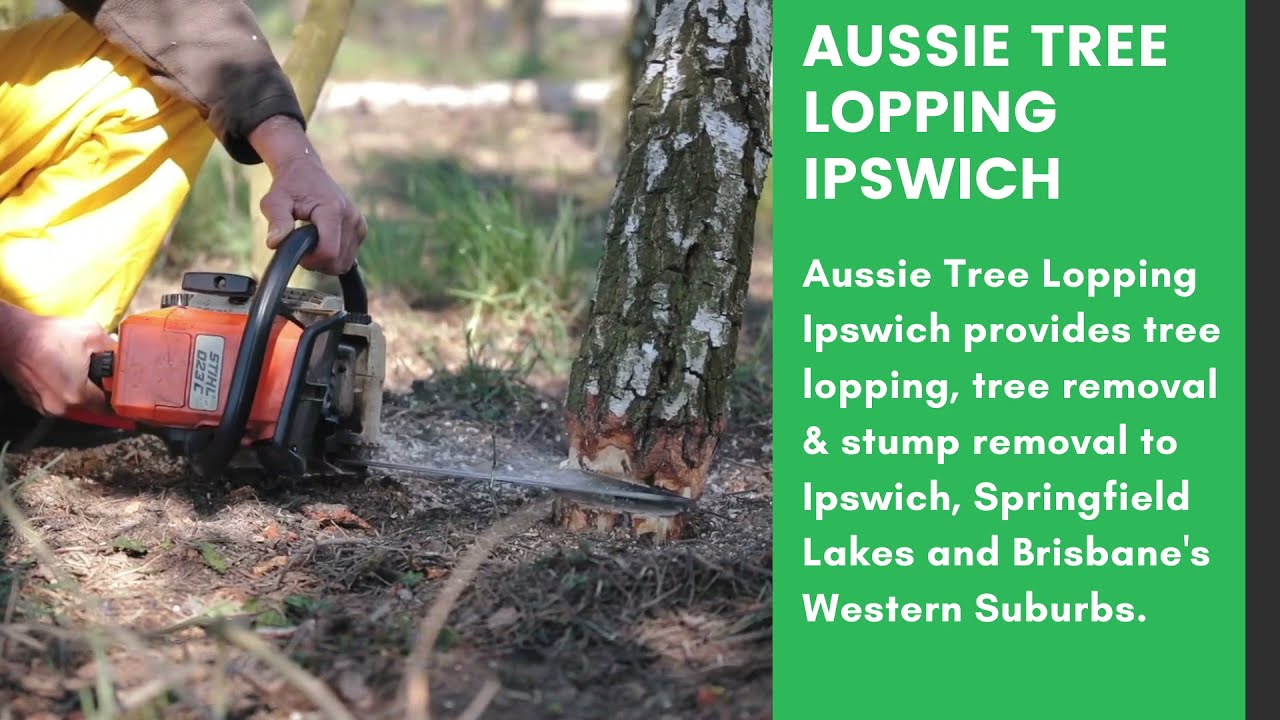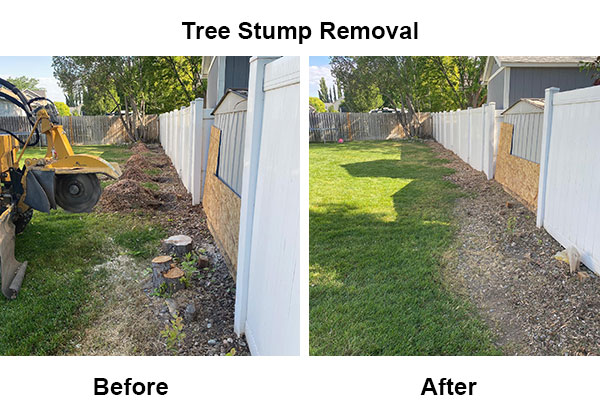[ad_1]
Before using a Tree Lopper, be sure to lubricate the blades with isopropyl alcohol. Then, wipe them clean after each use. This will prevent them from getting clogged or jammed with dry, dead branches. You should also sterilize your lopper’s blades after each use to prevent the spread of disease.
Compound action loppers increase cutting force
Compound action loppers have pivoting arms located between the blades. This design increases cutting force, making them an excellent choice for thicker branches. However, they tend to be heavier and can cause arm fatigue after a short period of use. As a result, you’ll want to choose your loppers based on your strength level. The shortest models are around 15 inches from handle to blade and weigh only 11 ounces.
Longer loppers are easier to use, but can be cumbersome and difficult to handle when trimming high branches. They are also heavier, weighing about four pounds. Long loppers are also not ideal for clean cuts. Compound action loppers have multiple pivot points and moving parts to increase cutting force by up to three times.
Bypass loppers provide cleanest cut on live wood
Loppers come in several styles, but two of the most common are bypass loppers and anvil loppers. Both feature two blades that slide past each other like scissors. They give you a clean cut, but are susceptible to jamming when cutting fibrous or large branches. If you’re looking for a quick and clean cut on live wood, a bypass lopper may be best for you.
While loppers are useful for pruning, it is important to properly position them in order to get the cleanest cut on live wood. If you’re using loppers incorrectly, they may not produce a clean cut and may even break. You’ll also want to use a lubricant to prevent the blades from rusting.
Bypass loppers can get jammed when cutting dead, dry branches
To prevent jamming, check your bypass lopper’s jaws. They might be loosened from overuse. Also, make sure that you are holding the branch deep into the jaws. This will ensure a clean cut, and prevent the blade tip from bending. Blade tips are more prone to bending than the base of the blade.
Unlike regular pruners, bypass loppers are not meant for cutting dry or dead branches. Using a pruning saw is recommended for thicker branches. Also, avoid straining when cutting thicker branches. This will bend or break the blades, and it can also bend the handles. The blades can also damage the branches, so they should be used with caution.
Pruning is repetitive and heavy work. Using the wrong tool can lead to frustration. Avoid pruning with blunt or dull tools. Invest in a pair of pruning gloves, compound action gears, and clean tools. You can also invest in bypass loppers that are long enough to cut bigger branches.
Bypass loppers are less expensive
If you’re on a budget, bypass loppers are a great option. These loppers are less expensive than conventional ones but still offer a good level of ergonomics and performance. The Swiss-made blades are hardened and make clean cuts. They can also be sharpened and replaced. Generally, bypass loppers are durable and can handle a wide variety of tasks.
Bypass loppers come in two types: gear-powered and ratcheting. The gear-powered versions use a gear system to increase leverage and cutting power. These are said to be three times more efficient than conventional loppers. Ratcheting bypass loppers, on the other hand, use a ratcheting mechanism that increases mechanical pressure on the cutting object. They need to apply more pressure when cutting a thicker item than conventional bypass loppers.
Bypass loppers are more durable
Bypass loppers are much stronger and durable than other loppers. These tools are constructed of high alloy steel and aluminum. They are also rust-resistant and feature low-friction coatings. These loppers have ergonomic soft-grip handles that will not fatigue your hands while cutting. They are an excellent choice for gardeners with arthritis or weak grip strength.
Bypass loppers come in various weights to match your preferences. Steel bypass loppers are heavier than fiberglass ones, but they are not bulky. Aluminum handles are lighter than steel and fiberglass. If you’re buying a bypass lopper, make sure that it’s comfortable and that it doesn’t have any sharp edges. Bypass loppers are durable, but you will have to replace some parts if they break or get dull.
[ad_2]

